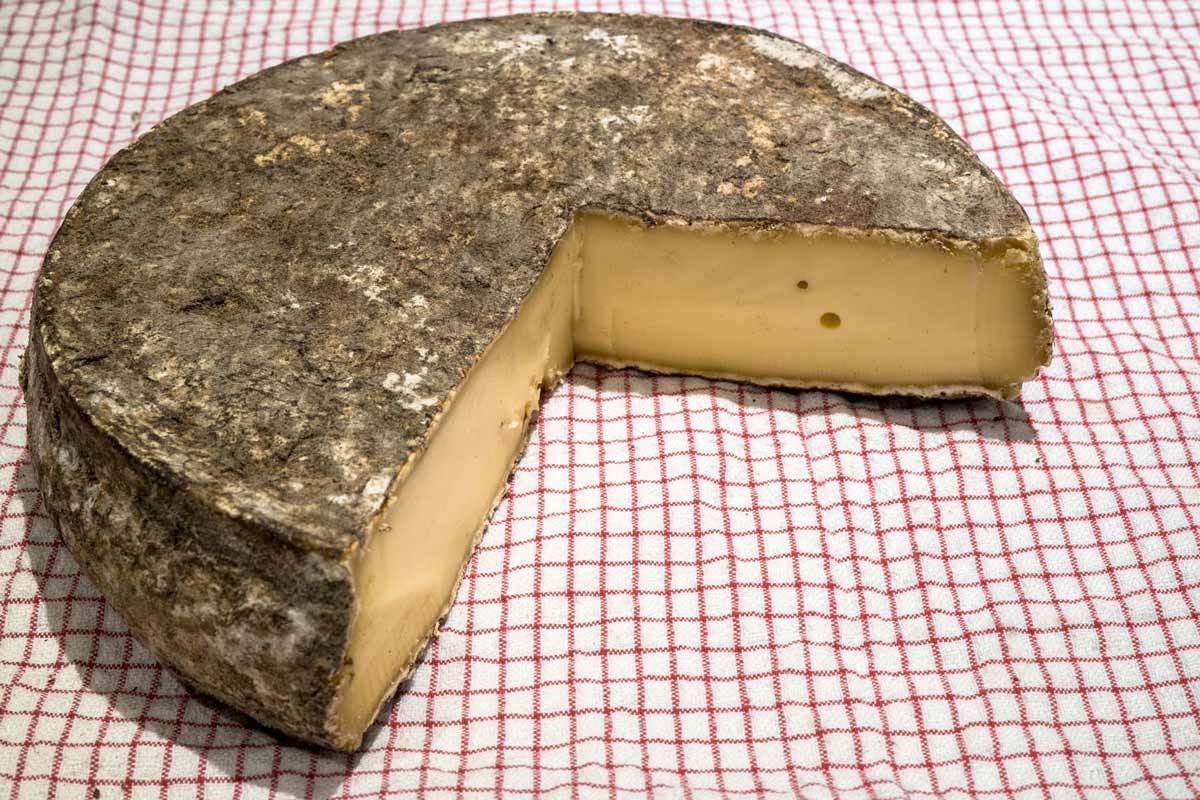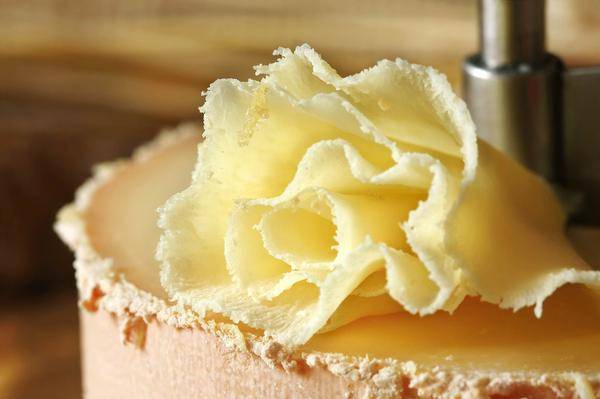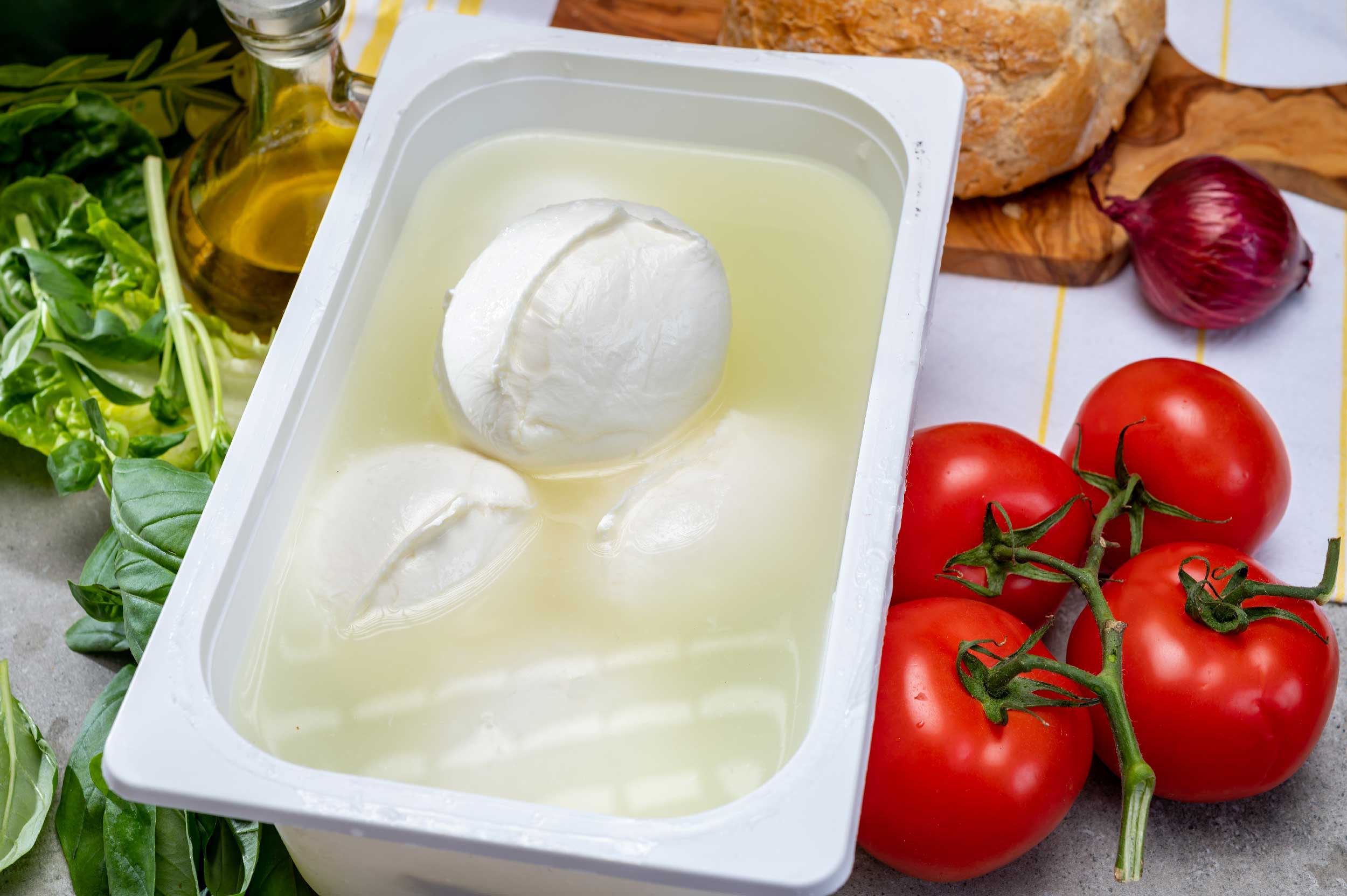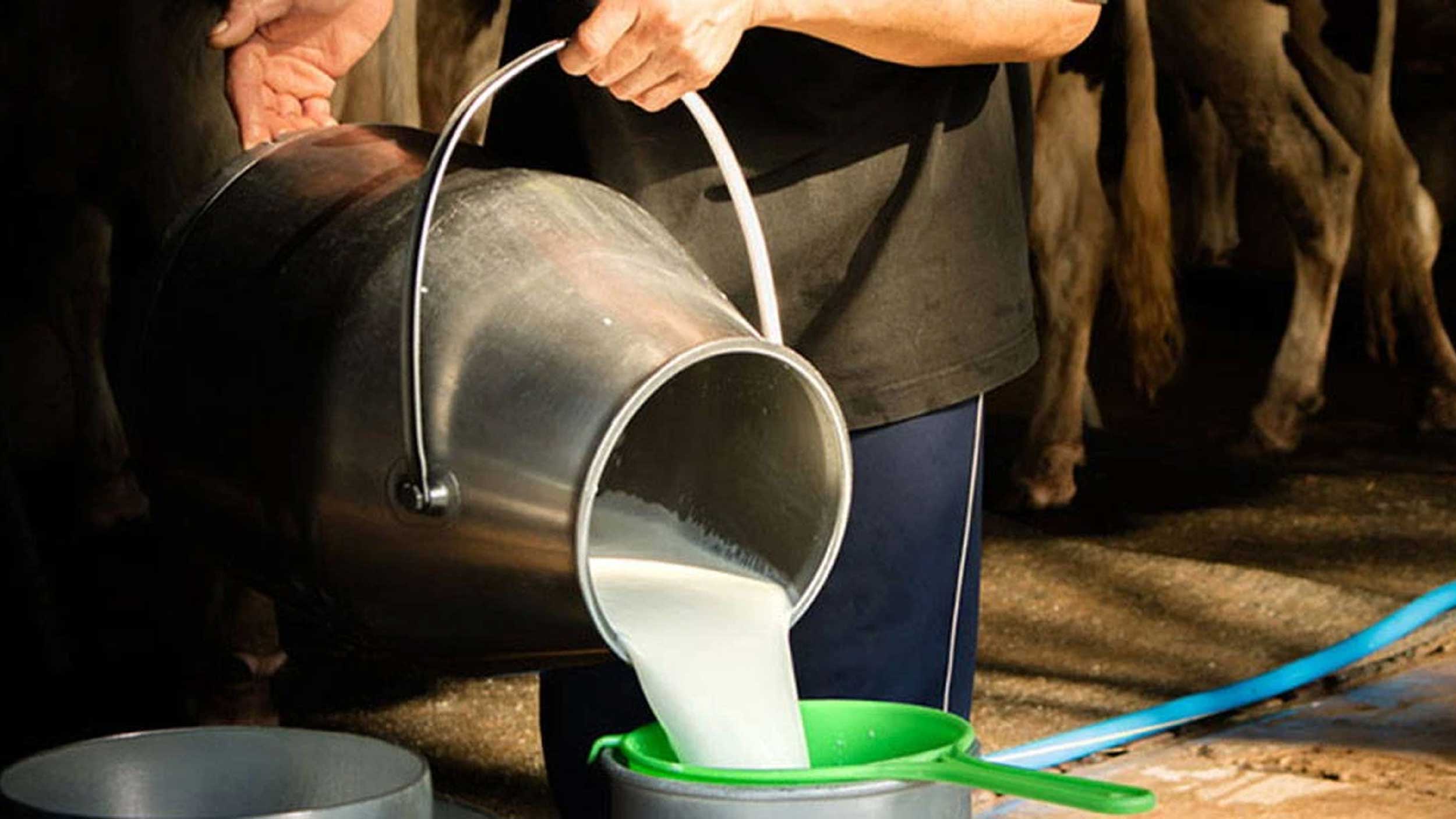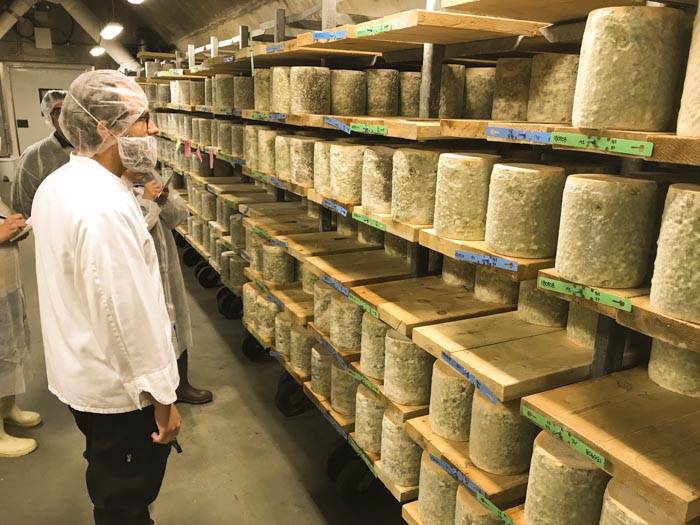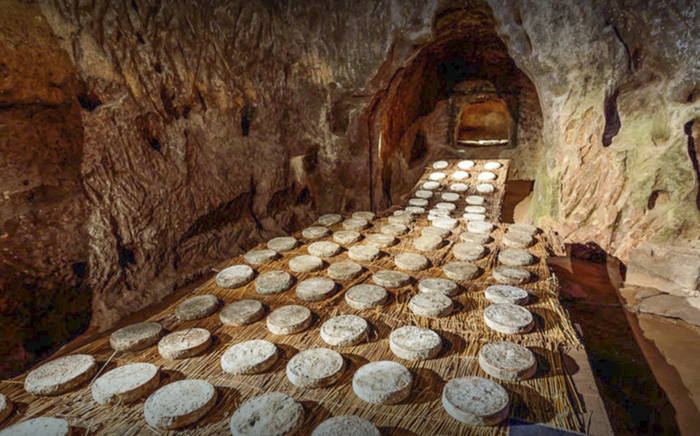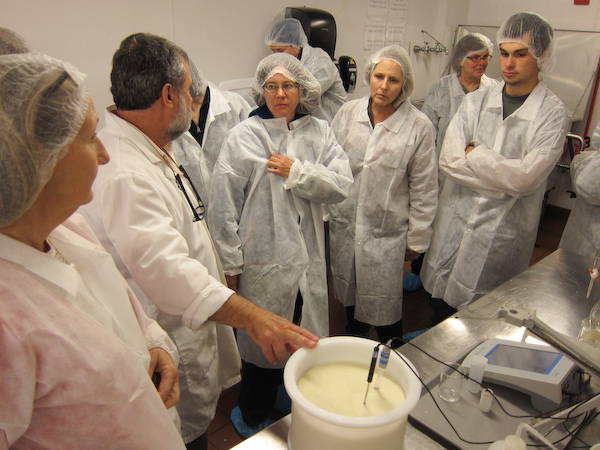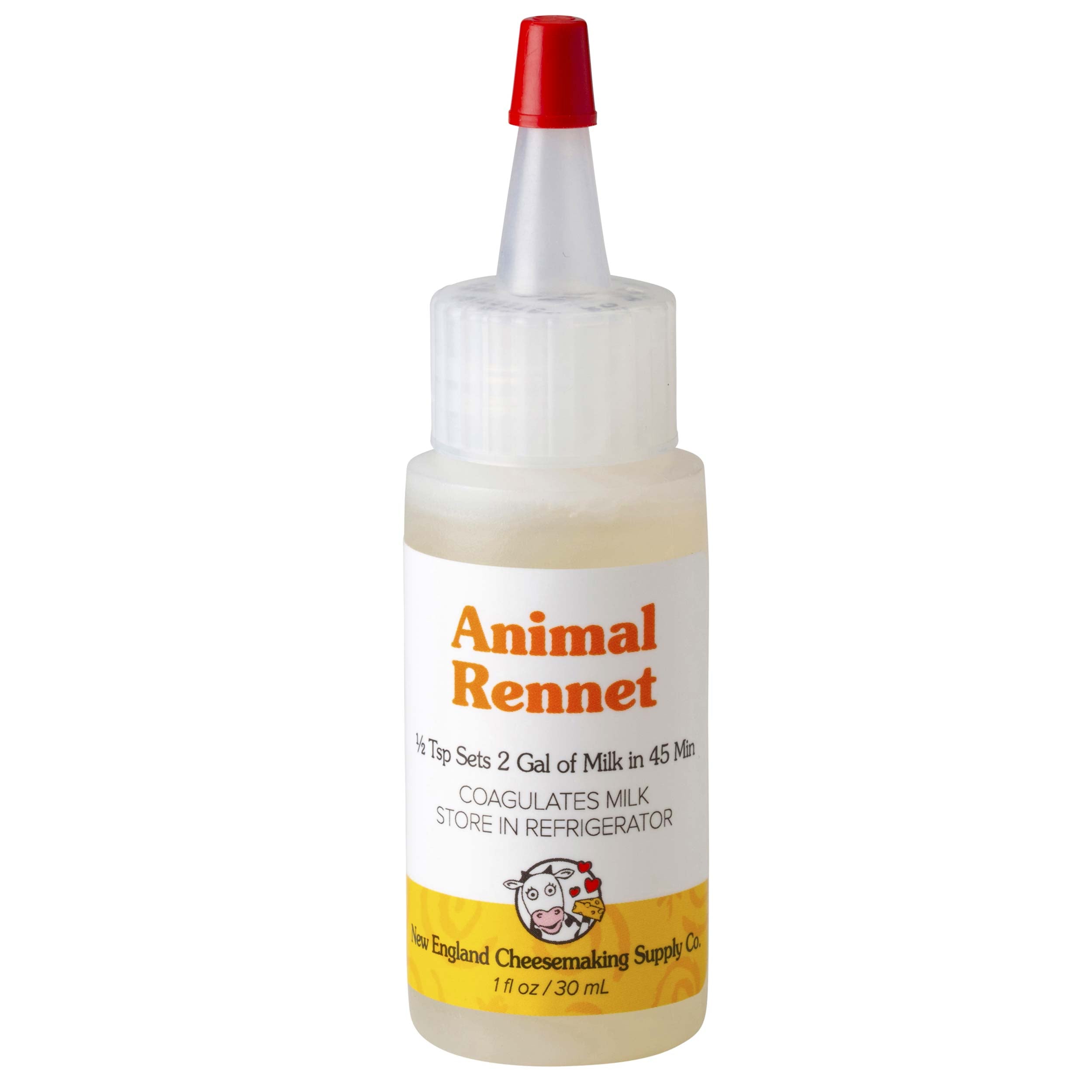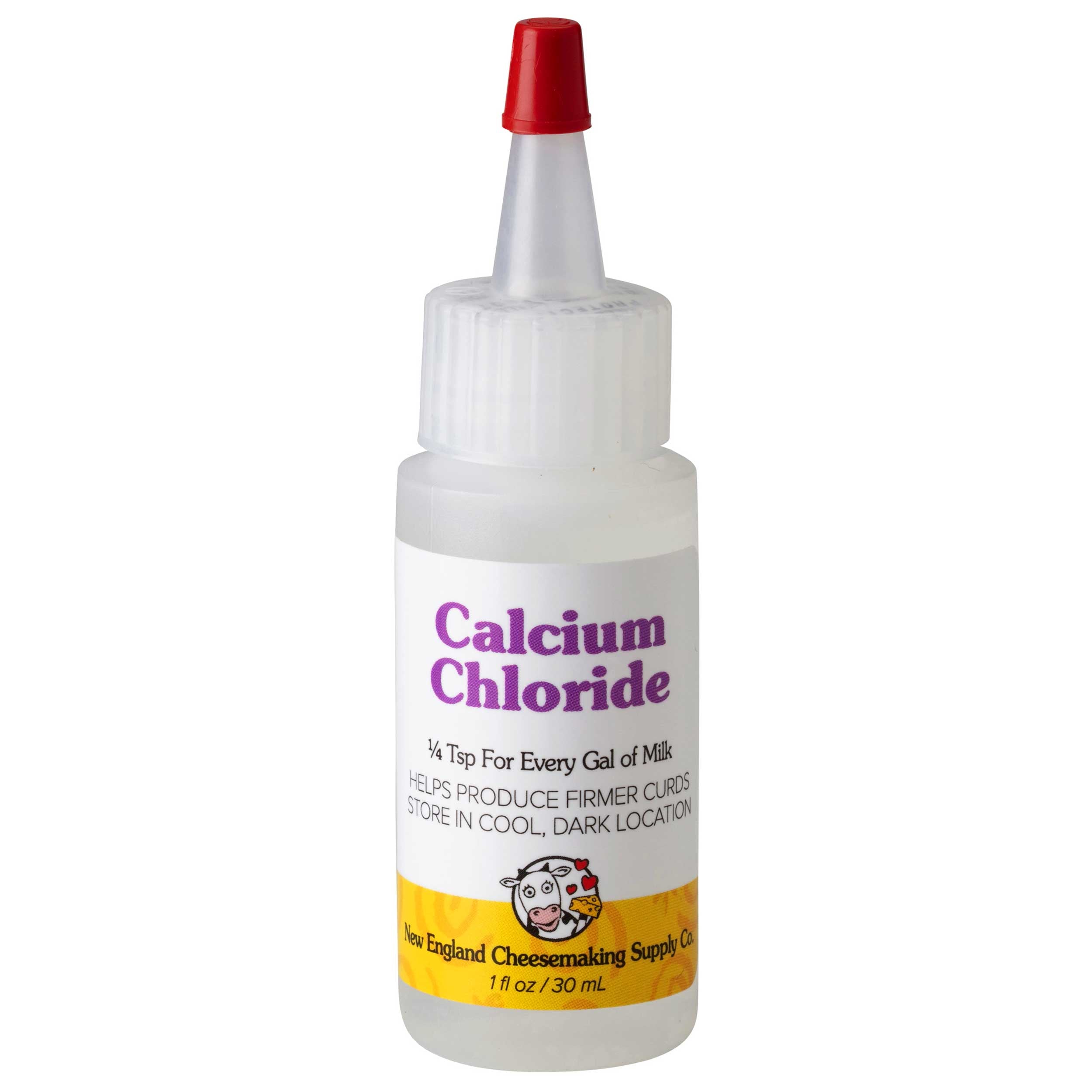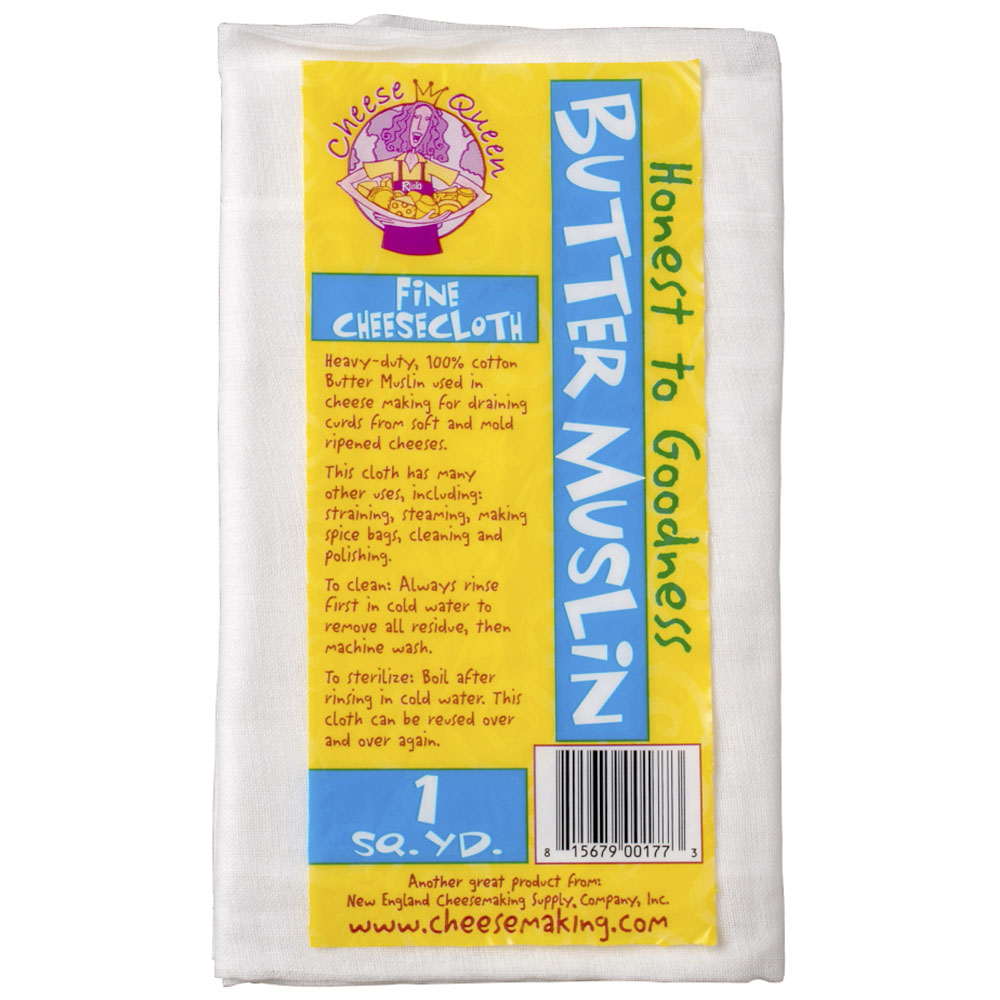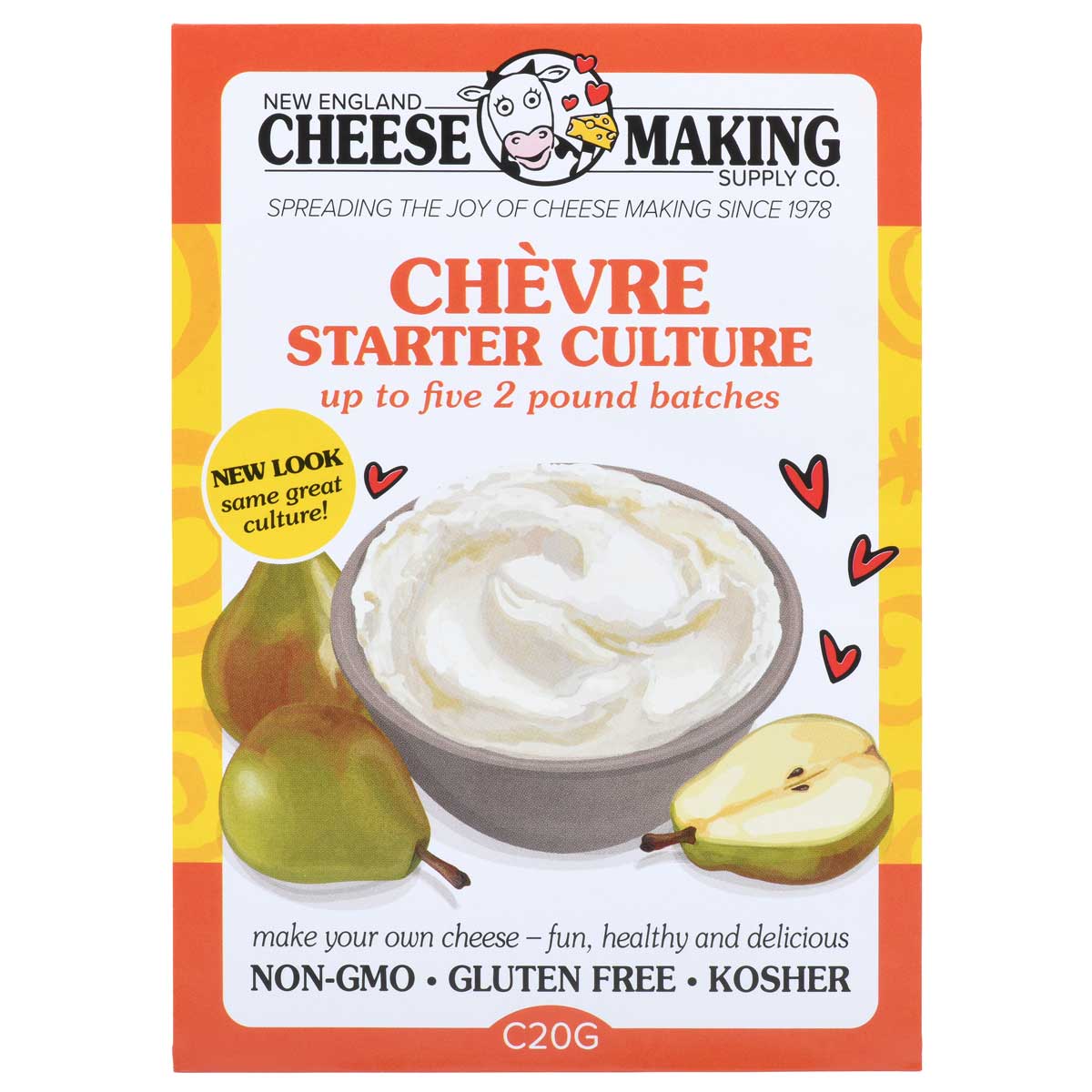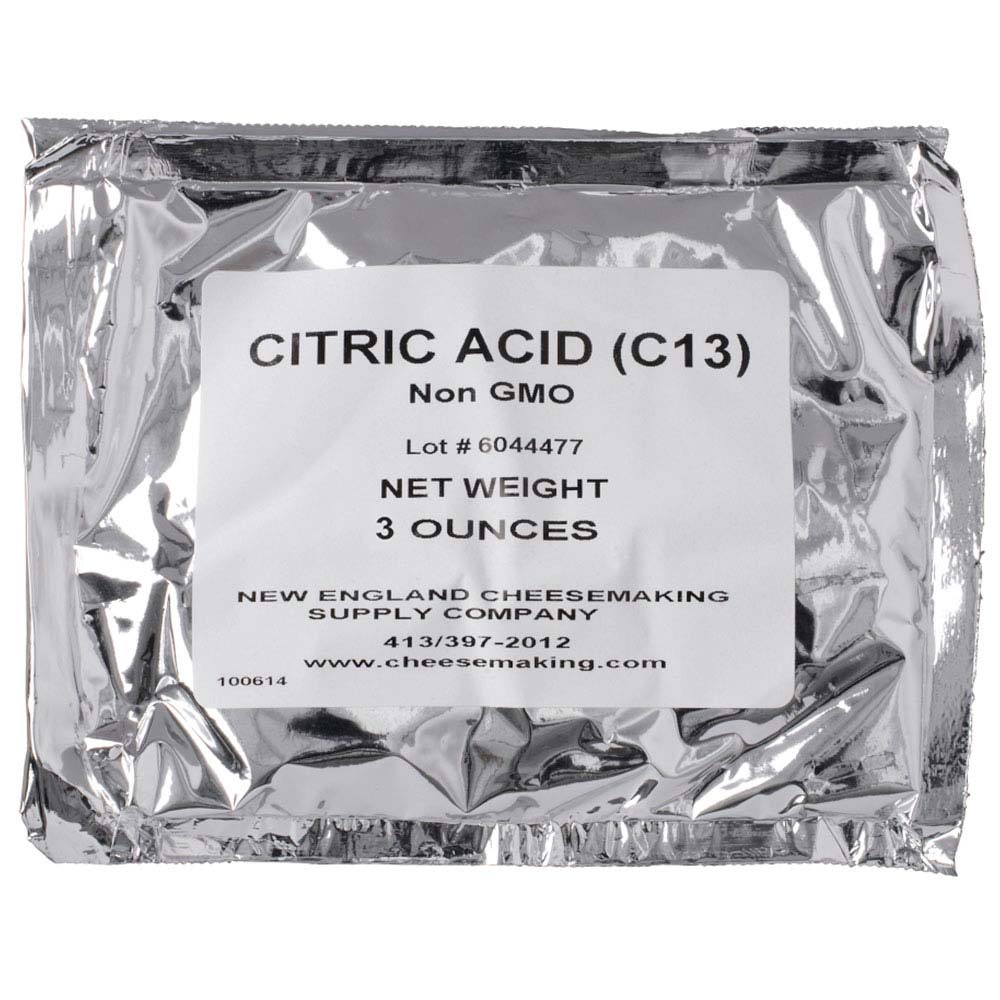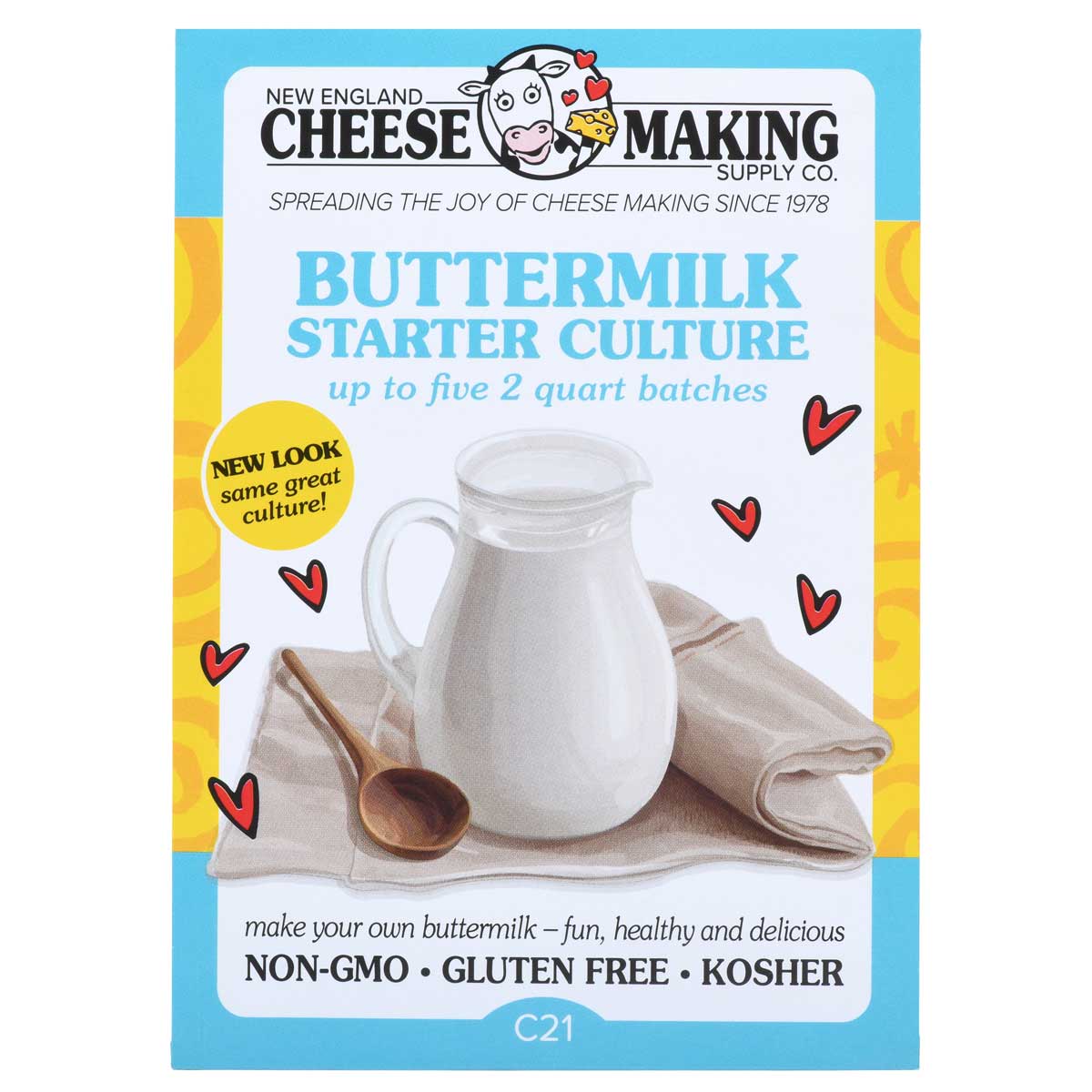Cheese Making Recipe of the Month
Alpine Washed Rind Cheese
This hybrid cheese borrows on the processes from several other types of cheese - the Swiss, the Dutch, and the Scandinavians. It is a great cheese in it's own light and this recipe provides detailed information on the many steps of the cheese making process.
This information may help improve other types of cheese you make. We think you are going to love this one as much as we do.
Cheese Making Questions & Answers
I am just getting started making cheese and have a question regarding the method of heating the milk.
Q. In the past, I have made mozzarella and a "hard cheese" using direct heat applied to the pot. I have been able to control the temperature very well using this method, however most instructions specify using a water bath or a double boiler. Is that necessary or is it okay to use direct heat?
A. A water bath is best because it is gentle on the milk and requires minimal stirring.You can use direct heat but only if you are willing to stand and stir the entire time.
I'm making sour cream. If I want the highest fat content, should I use only heavy cream or should I mix it with whole milk?
Q. If so, what are the cream and milk volumes?
A. if you use a full dose of heavy cream, you will likely be making something akin to creme fraiche - sort of like whipped cream but without all the fluffy air in it and with more flavor.
Heavy cream is 36-40% fat and sour cream is normally around 18-20%, so, doing the math proportionately will give you a 50:50 mix.
A taleggio question
Q. When making taleggio, would it be possible to add 1/32 tsp of yogurt culture starter instead of making the yogurt? (Yes, I admit to being a little lazy!!!)
A. Unfortunately, adding the yogurt powder just does not work. But, fortunately, it's easy to make yogurt with our Y1 culture. In Europe, they just buy yogurt from the local market to use. It's much like our Y1 with no sugar.
What should I do to make my second attempt softer?
Q. I am making swiss cheese for the second time. My first attempt was a 2 pound cheese from the recipe in your book, Home Cheese Making. I aged it at 46F, unwaxed for 3 months as the recipe recommended. I put a bowl of water on the shelf for humidity. The cheese had good flavor but was very hard, like a grating cheese. What should I do to make my second attempt softer?
A. This seems to be an issue of dehydration or perhaps just making the initial curd too dry before pressing. If you start with a cheese too dry, it will just get drier during aging. With too dry an aging environment, even a moist cheese may develop the dryness of a rock. You need to know what the actual moisture is in your aging space for better results hygrometer.
Thicker milk consistency?
Q. I am using raw milk that I heated a few degrees too high (90F) and then added the kefir culture that I got from you. I have had it out at room temperature (about 70F) overnight for 12 hours and it hasn't set to anything thicker than the milk consistency that it started with. Any suggestions?
A. It may take a bit longer since it was heated to 90F. A big part of the kefir blend is yeast and the higher temperature is most likely going to affect it.
The raw milk itself may also have had a competitive culture. The supplier of this culture recommends heating any raw milk to 185F to avoid this. It's very important that your raw milk is clean and very fresh. Higher solids in the raw milk can also change the final product and take more time to complete.
The best way to determine if it's working is to look for a change in taste, or, better yet, to measure the acidity of the milk and compare it to the final product.
Have a cheese making question, we're here for you: info@cheesemaking.com
Meet a Fellow Cheese Maker
Claire Barker in Colorado
Years ago, our friend, Claire Barker sent us her tips for making goat milk yogurt and, then, a few weeks ago she wrote a detailed blog post for us about How to Milk a Goat.
We realized that, in all that time, we had never interviewed her and, well, that just wasn't acceptable!
We found out that Claire has been raising goats and making yogurt since the 1980's. She brought up her two children (now grown) on goat milk.
She describes herself as a "born again goat maniac" and we are very grateful to her for all the knowledge she has shared with us..
News From Fellow Cheese Makers
Update from Mia
We would like to thank those of you who wrote and sent cards to Mia Herrera last month.
Her mother, Maureen was overwhelmed by your kindness and she shared every one of them with Mia. In fact, they are on the walls of her room.
(We always say that cheese makers are the "Best in the West!")
Now for some very good news - Mia is scheduled to go home August 7th! She is walking unassisted and fast enough to leave her therapists and her family in the dust.
We knew that Mia would have the will to overcome any obstacle, and, she is doing just that. We've said it before and we will say it again - You go girl!!!
News From the Garneaus in Ottawa
From Claude:
Just thought I'd send you a picture of our latest "adaptation" for the cheesery.
After trying several systems to heat the water in Linda's vat, I picked up a propane tankless water heater, and coupled it with a low output hot water-rated pump (3 gallon per minute).
We heated 35 gallons of milk from 36F to 90F in 45 minutes.
And, by the way, I had told you about our "Stories and Cheese" project. We had 2 "shows" so far, and everyone loved it.
We plan to go full steam ahead in the early fall, and will be offering the sessions in English.
Claude Garneau, Ottawa, Canada
(Claude and Linda Garneau are doing cheesemaking/storytelling workshops at schools and cultural centers in Canada. Claude reads a humorous story he wrote about the origins of cheese and Linda then makes mozzarella.)
Raw Milk in Ljubljana
Mari Veiga sent us these pictures from the capital of Slovenia, a small country in eastern Europe. Yes, it is a vending machine for raw milk!
Last year, Mari and her family thrilled us with their visit to Mongolian cheese makers and now they are living in Italy.
Please send your cheese making news & photos to: moosletter@cheesemaking.com
Cheese Making 1,2 & 3
Learn all about the ingredients, equipment and process for making cheese at home. This beginner's guide will walk you through the process from start to finish.
Beginner FAQ's
Got a question? We've got an answer. From milk and cream to rennet and aging, our FAQ section is filled with answers to all your home cheese making questions.































